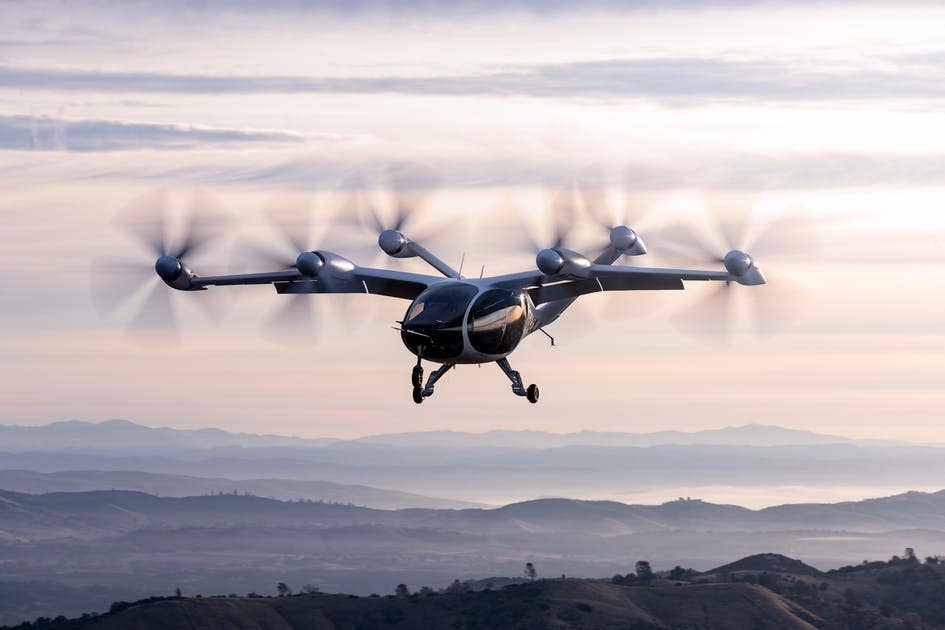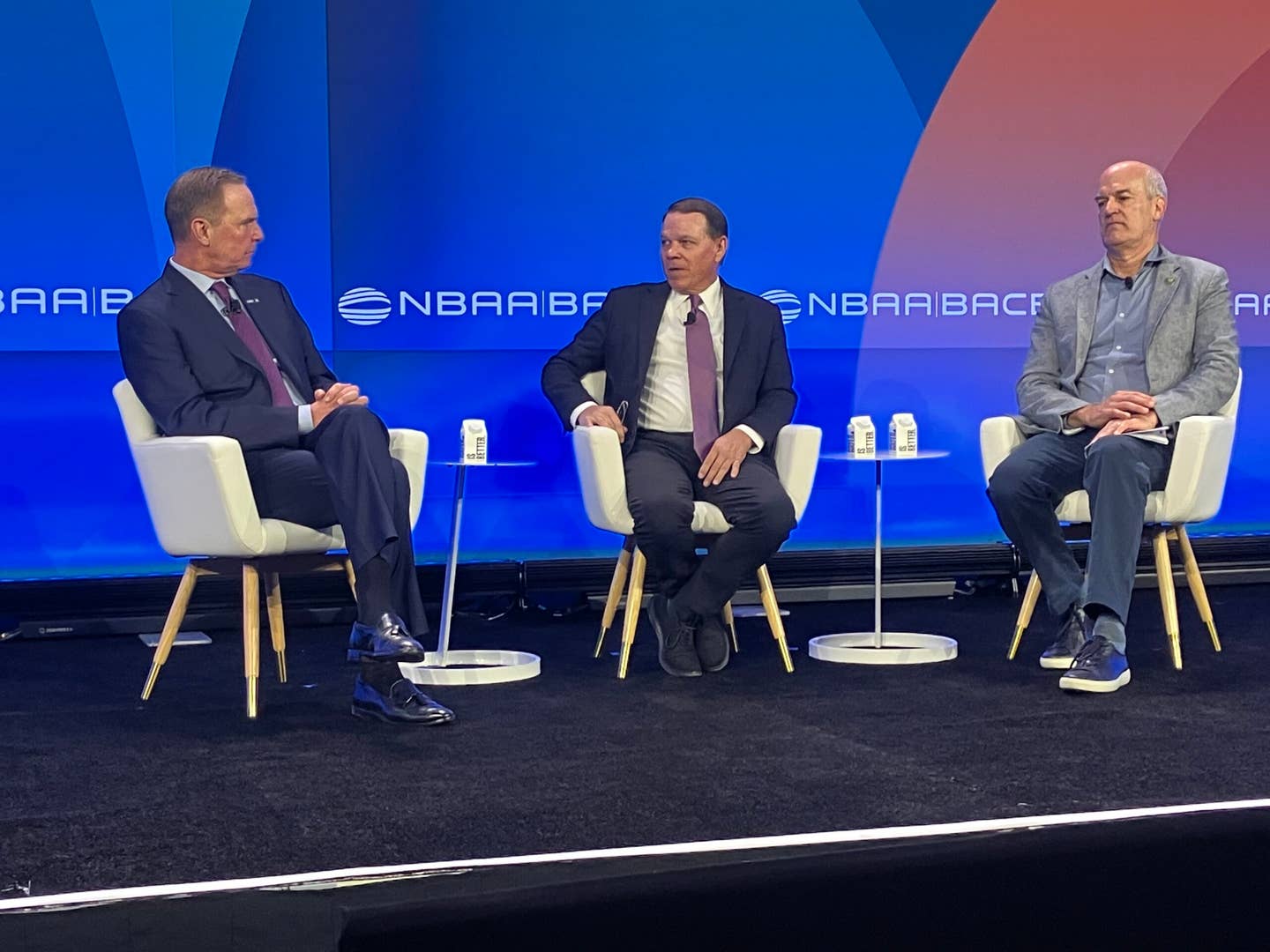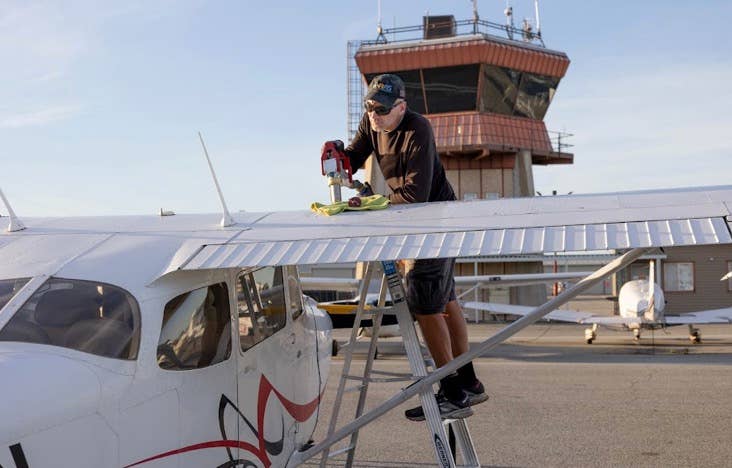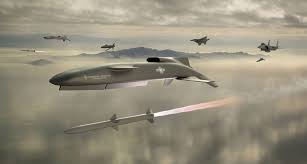From the No-Surprise File: FAA Switches Up On Electric Aircraft Certification
The FAA is signaling that multi-rotors will be certified as special category aircraft, not airplanes that are a little different.

Image: Joby
Sooner or later, the FAA—and regulators worldwide—will reach an inflection point with electric aircraft and it may be that sooner has arrived. Or at least has been hinted at. Last week, Air Currents reported that the agency is switching gears, at least with regard to the burgeoning eVTOL category, which appears to mean these aircraft will be certified as a special category, not a traditional aircraft that happens to be electric powered. That category is likely to be powered tilt rotor.
In my view, this was inevitable. As I reported in this video I prepared on the Joby project, the company’s claim that it would certify the S4 as an airplane was too much of a stretch to believe. It’s a tilt rotor, not an airplane, and as such it has complex flight dynamics in normal flight, much less failure modes that neither the FAA nor any of the companies have much experience with in the certification realm. Going into this large sea change, the FAA had essentially zero experience in electric aircraft and even now it is pedaling furiously to gain enough expertise to even construct the framework for electric certification.
Manufacturers have soothed us with claims that a certification path exits, but I’m skeptical that this is true. The FAA announcement all but confirms that. Joby, for one, is insisting that its aircraft will be certified next year and will enter service in 2024, with volume reaching 34,000 flights a day by 2026. Joby will start with production rates of 200 to 400 aircraft a year, eventually rising into the thousands. The market aim is, of course, urban air mobility—on demand air taxi. There’s a detectable hubris among these manufacturers because not a one has been through a big certification project and, being visionaries, they’re sure they’ve got this wired because they’re inventing the future. (To be fair, they are.)
It's understandable that the FAA would get nervous about this ambitious schedule and Joby isn’t the only company pushing the cutting edge. Archer is another promising entrant, along with Lilium, Volocopter and eHang to name just three others. In general aviation, there’s kind of dual kneejerk reaction to all this development. One is a hidebound belief that these things are just flying air castles designed to drain investors of their money. While there’s some of that, these vehicles are, nonetheless, real things and like it or not, they’re coming. We’re on the edge of a sea change. The second reaction is the standard howl about the FAA stymieing progress by bureaucratic foot dragging and unrealistic test requirements. There’s truth to that, too.
But try this thought experiment. The light sport industry, such as it is, came into being by a deliberate shift away from stringent FAA oversight to industry consensus standards overseen largely by the aircraft builders themselves. This was supposed to yield less expensive airframes that would be more accessible to more people. To a degree, it did just that. Next time you’re bitching about a $200,000 light sport airplane, just remember that it costs less than half the price of a new 172 and many are a lot less than that.
If you applied consensus standards to a transport-type aircraft, what would you get? We know the answer. You get the 737 MAX. Yeah, it’s an exaggeration—although not much of one—to say the 737 was built to consensus standards. The FAA was so incompetent in its oversight of the MAX certification that Boeing applied its own standards, resulting in a catastrophe for the company, the airline industry and aircraft manufacturing in general. With so little expertise in electric airplanes, it’s possible if not likely that Joby, Lilium, Archer and others will attempt to drive certification to meet what they consider appropriate standards. They may be right. Or not. Boeing obviously was not. And the stench of this still wafts through the halls at 800 Independence Ave. We don’t know for sure, but the searing disaster of the MAX probably shapes FAA decision making on electrics, if not everything else.
How this might shape oversight of the coming electric trainers is an unknown. Bye Aerospace claims it has a cert path all mapped out and Pipistrel, now owned by Textron, is working toward a certification program, too. In the months since I did this video on the Pipistrel Velis, FIT is continuing its data acquisition work for the FAA. At this juncture, it doesn’t look like the agency is ready to commit to paper a certification framework for those airplanes. It will get there. Eventually.
So the thing to remember here is this: It’s what you’ve always known. When a manufacturer says an electric aircraft will be certified by some date, just blot that out. Think about applying an industrial bag of salt and you’ll be about right.






